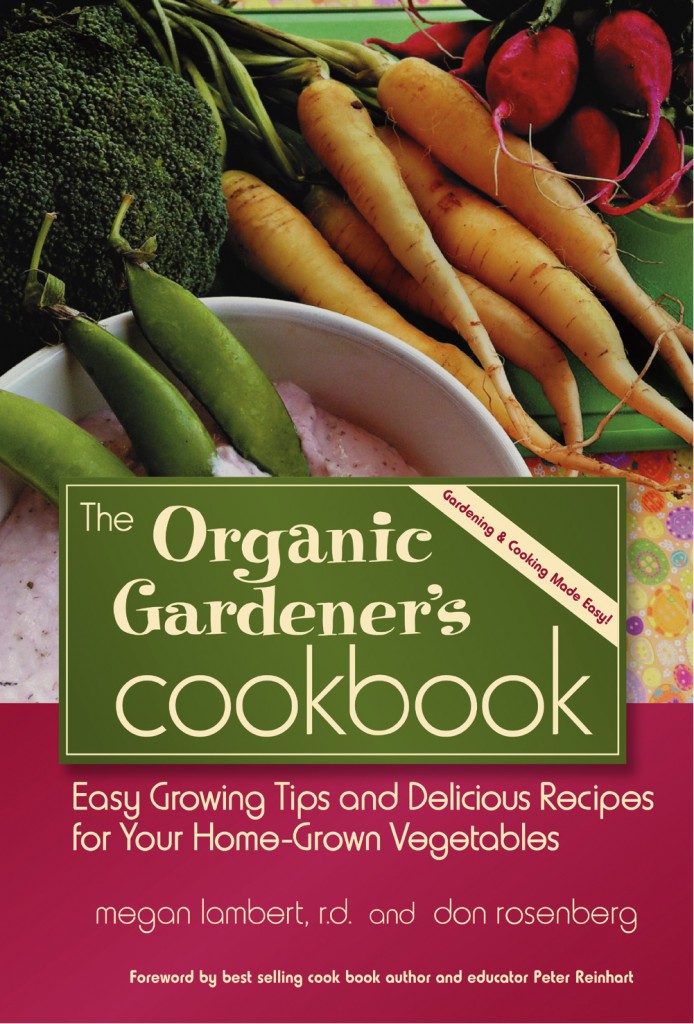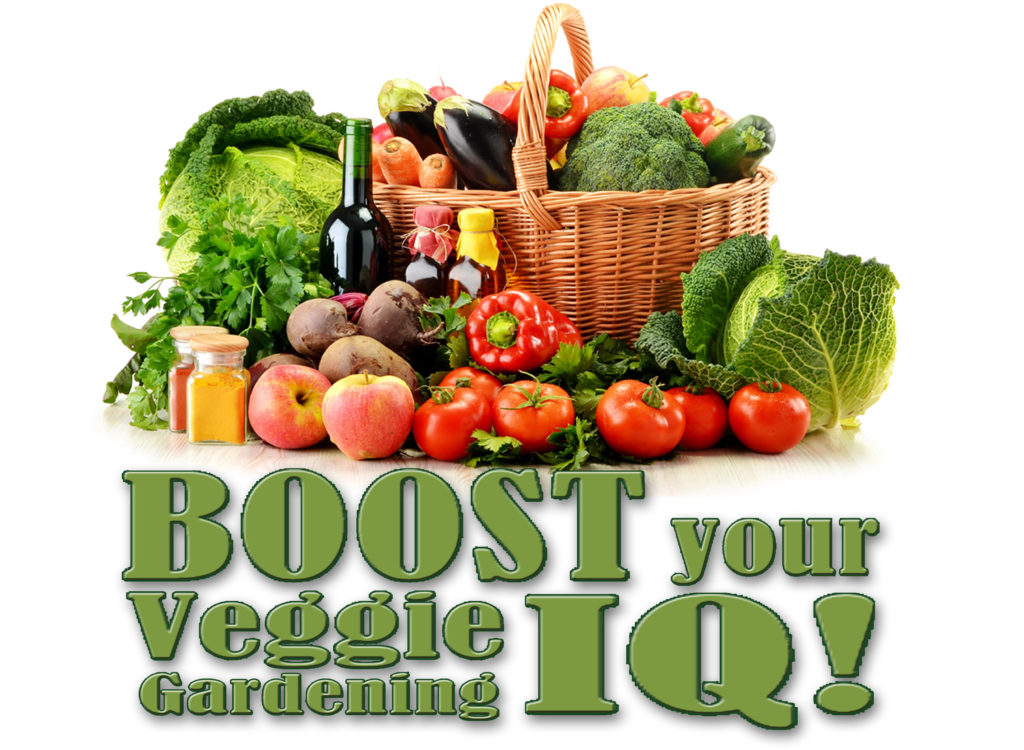Micro-Farming – Truly Local Food!
“Slow foods,” “sustainable agriculture,” “food miles” and “locavore,” have become familiar terms these days. They all focus on our desire to have healthier, better-tasting, fresh produce grown with less harmful impact on our environment. An often proposed solution is to encourage the creation of small farms within 50 miles of urban areas and use farmers markets and local organic food stores as a means of distribution.
So where can we find affordable land closer to the city? Some have proposed taking over vacant lots and starting small gardens there. Community gardens have also gained popularity. But there’s a solution to the problem of finding fresh, organic produce straight from The Wizard of Oz… “there’s no place like home!” …your back yard!
There is enough open land in back yards in Mecklenburg County to equal hundreds of organic farms. But instead of having to truck the produce to a central location and then have buyers drive each week to pick it up, micro-farms allow your “food miles” to become “food yards.” By picking your produce fresh when you need it, there’s no need for refrigeration or storage, and the average age of your salad can be measured in minutes, not days or weeks. The flavor and nutrition will be at the absolute max. It’s like having a fresh produce pantry in your own back yard. Best of all, children growing up with a garden learn about nature and establish a lifelong love for fresh vegetables and healthy eating.
When homeowners can choose exactly what they want to eat, they customize the size of their micro-farm and grow just the number of plants they need, no more no less. Small gardens mean the owners can give extra attention to managing a few plants instead of having to oversee hundreds. By selecting heirloom seeds, the crops will have outstanding flavor and their unique appearance means your garden will be as ornamental as it is productive – a real conversation starter!
The interest in back yard gardening has swept across the country. Although ornamental seed and plant sales have declined this year, vegetable seed sales are up 20-30% while sales of organic and heirloom seeds are up 40-50% as reported by Burpee, Park Seed, and other leading seed suppliers. Some say they’re having problems keeping up with demand.
I advocate the use of raised bed gardens. You build a box over your existing soil and fill it with inexpensive potting mix (no synthetic fertilizers, please!) Because it’s weedless soil, you bypass the weeding, which is two-thirds of the work of a garden and something I absolutely hate. By using organic fertilizers like worm castings you begin with perfect soil, which means healthy plants that resist bugs and diseases – no need for harmful pesticides or herbicides. If you do have a problem it is usually a specific pest on a specific plant and you can easily look up the safest solution. Your workload disappears – all you do is plant once a season and water twice a week – a must for today’s busy families.
So join the micro-farm movement. Eat healthy, tasty food, and save money while you help the planet one micro-farm at a time.
“A farm is an area of land, including various structures, devoted primarily to the practice of producing and managing food (produce, grains, or livestock). A farm can be a holding of any size from a fraction of a hectare to several thousand hectares.”
wikipedia.org
1 farm = 1,000 acres or 43,560,000 square feet
1 milli-farm= 1 acre, or 43,560 square feet
1 micro-farm= 44 square feet (two raised-bed gardens)
1 nano-farm= 6 square inches (a 1 cup plastic pot)
1 pico-farm= 3 square millimeters (a grass stem)
1 atto-farm= 3,000 square micrometers (a large plant cell)
1 femto-farm= 3 square microns (1 chloroplast)
1 zepto-farm = 3,000 square nanometers (1 starch molecule)
(calculations courtesy Dr. David L. Brigham, President, EntoGenetics Inc.)





